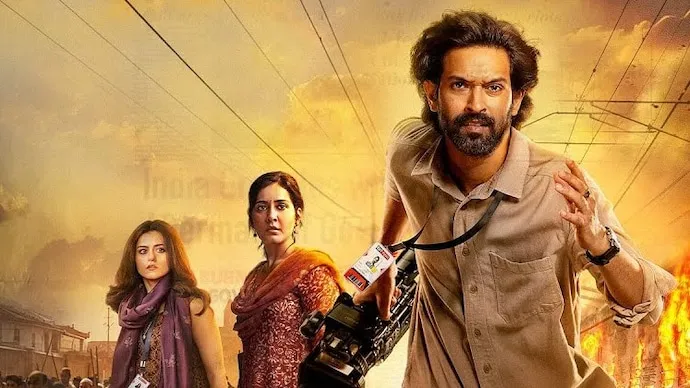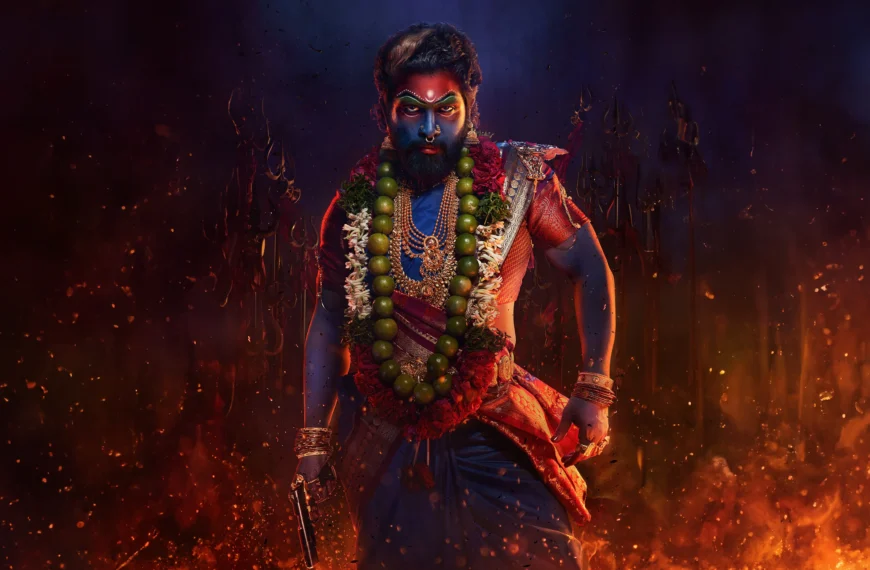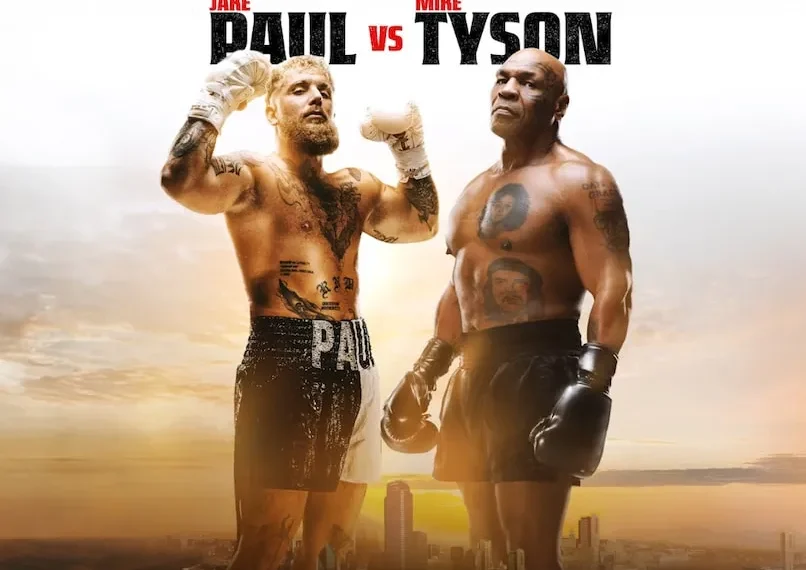Movies have a way of uncovering hidden truths and challenging popular beliefs. The Sabarmati Report does just that. It delves into the 2002 Godhra train tragedy, peeling back layers of political agendas and media bias while telling a story that sticks with you.
This isn’t just a film; it’s a wake-up call to rethink how we view justice, the media, and truth. But does it hold up as an entertaining and thought-provoking movie? Let’s find out.
The movie follows a young journalist (played by Vikrant Massey) who is on a mission to uncover what happened during the Sabarmati Express fire. He teams up with a researcher who’s fed up with her corporate media boss, and together, they challenge some powerful players.
The story pulls from the Nanavati-Mehta Commission report, which concluded the train fire was planned and not accidental. The movie contrasts this with the controversial Banerjee Commission report, which claimed it was an accident. The film shows how these opposing narratives were used for political purposes, raising serious questions about truth and manipulation.

The Sabarmati Report’s use of facts and footage makes it stand out. This gives the movie an authentic, documentary-like feel. It’s rare for films to stick so closely to actual events, and seeing this approach is refreshing.
The movie also sheds light on how the media works, pointing out how money and politics can shape what we hear and see. It highlights the gap between local journalists, who often tell stories for everyday people, and English-speaking media, which tends to cater to elites.
Through Massey’s character, the film celebrates independent journalism, showing how important it is to question authority and uncover hidden truths.
This isn’t just another political drama. The Sabarmati Report takes on a topic that has either been avoided or misrepresented in mainstream films. It challenges the selective storytelling we often see in movies and books about big events like the Godhra train fire.
The movie connects with audiences worldwide because it talks about universal issues like justice, the power of the press, and the search for truth. For Indians, it’s also a reminder of how political narratives can affect real lives.
Vikrant Massey delivers a performance that’s both powerful and relatable. His character, a struggling journalist fighting for the truth, is the film’s emotional core.
The supporting cast does a great job too. The young researcher’s journey from being a media hopeful to a determined truth-seeker adds depth to the story. Together, they make the movie more than just a collection of facts—it feels personal.
The movie’s second half is its strongest part. That’s when the story picks up speed, and the mystery starts to unravel. The real-life footage adds a sense of urgency, keeping viewers hooked.
But the film has its downsides. The first half feels slow and overloaded with background information. Some of the dialogue comes off as preachy, with characters delivering speeches that don’t feel natural. Even the background music doesn’t always match the mood, which can be distracting.
The biggest win for The Sabarmati Report is how it starts conversations. It pushes viewers to think critically about what they’re told and to question the forces shaping those stories.
The focus on media ethics feels especially relevant today when fake news and media bias are such big concerns. For Indian audiences, the film is a reminder to look deeper into political narratives and not take everything at face value.
Conclusion: A Movie That Stirs the Soul
Despite its flaws, The Sabarmati Report is a brave film that tackles one of India’s most controversial incidents. It challenges filmmakers, journalists, and everyday viewers to prioritize truth and fairness over convenience and bias.
It’s not a perfect movie, but its message is loud and clear: truth matters. The movie isn’t just about telling a story—it’s about making us reflect and act.
If you’re interested in history, politics, or the role of media in shaping society, this is a film you can’t miss. It’s a reminder that films can do more than entertain—they can make us think.
















